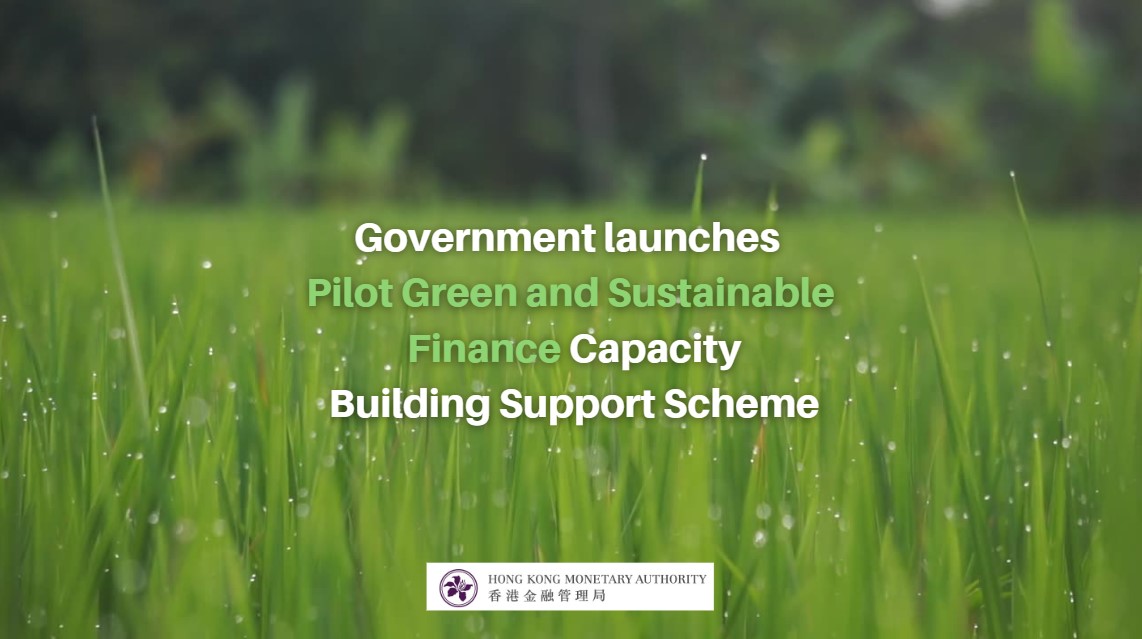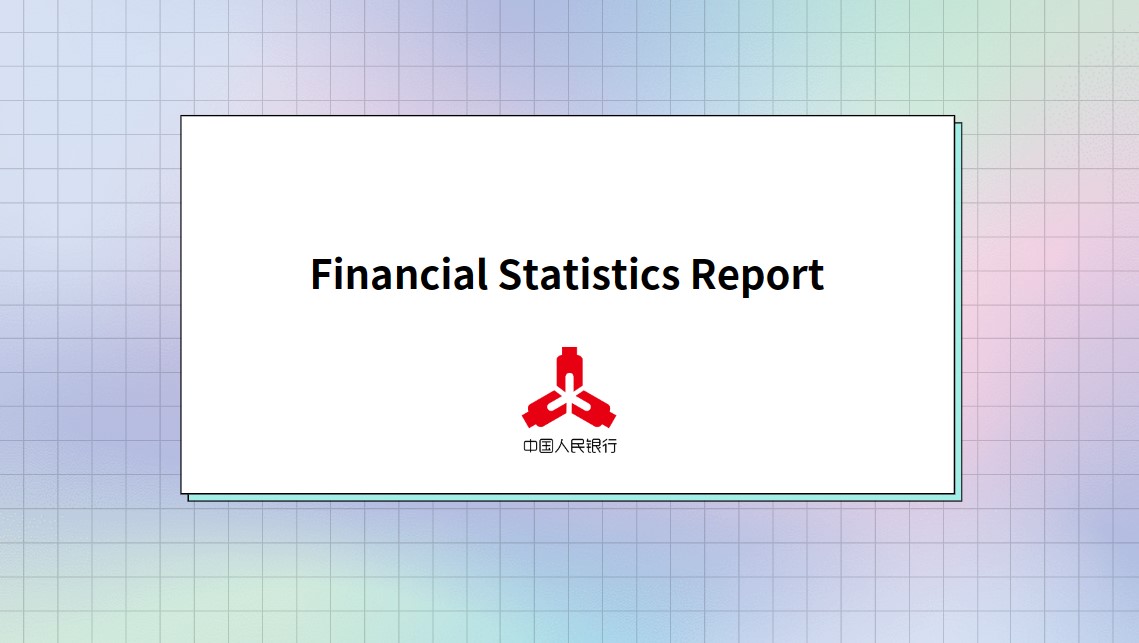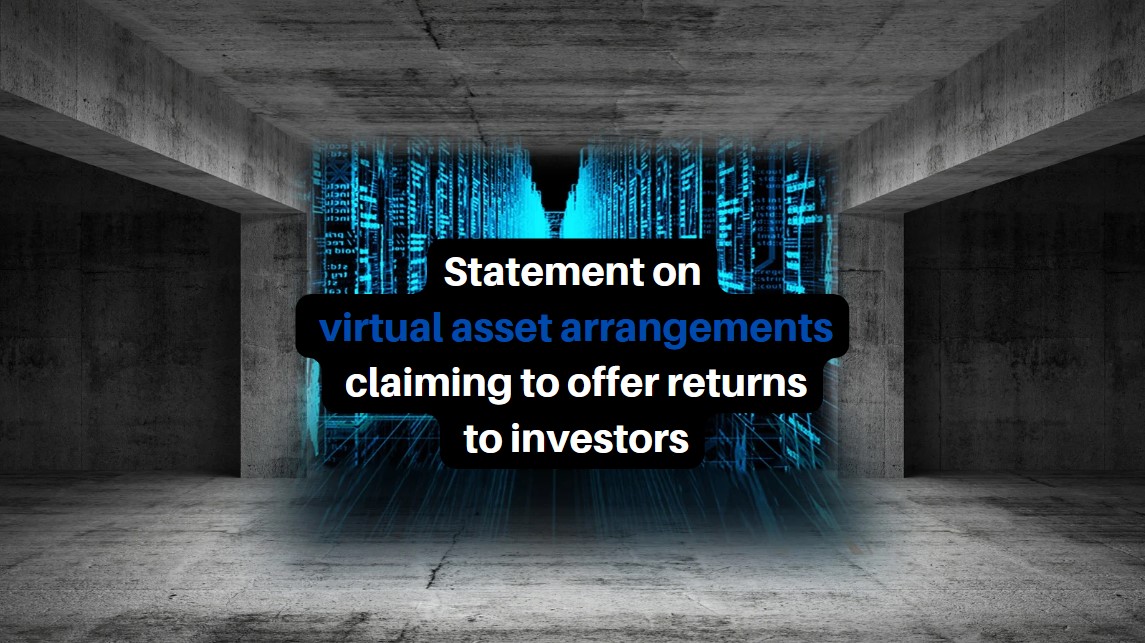Facilitating Asia’s Sustainability Transition
ASILAH AZIL: Given GIC’s global presence, what do you think are some of the key challenges in Asia’s transition to net zero?
RACHEL TEO: I think the climate-related challenges facing Asia are not unique. The scale of the problem is huge, and the entire energy system and its infrastructure need an overhaul. However, there’s a lot of inertia in the current system. For instance, in Germany, fossil fuels still account for 78% of the country’s primary energy supply , despite it being an early leader in climate policies and providing subsidies for clean energy for a number of years.
So Asia is not unique; it’s also very dependent on fossil fuels. Given its strong economic growth and increasing population, Asia is now the world’s largest consumer of energy. We need to decarbonise the region in a relatively short time, at lower per-capita income levels and with fewer technological capabilities compared to developed markets. We also need do it in a way that is equitable, inclusive, and in support of the sustainable development of the region.
The next challenge is obtaining robust carbon emissions data, which are lacking in many emerging markets, including Asia. Without this, it is difficult to model possible transition pathways and the trade-offs required to enable the design of suitable policies.
Finally, the last challenge facing Asia is the urgent need to invest in adaptation strategies due to the increased vulnerability of the region to the physical impacts of climate change, such as extreme weather events and natural disasters. This will place increased demands on public finance and policy capacity in Asia.
ASILAH AZIL: Based on your extensive experience in institutional investment management, what have been the most important developments in the last decade for sustainable finance?
RACHEL TEO: Three things come to mind. First is the rising consensus among business leaders and investors that despite potential short-term trade-offs, “doing well” and “doing good” are not mutually exclusive. This is in line with GIC’s belief that companies with strong sustainability prospects will deliver good risk-adjusted returns over the long term.
Second, the low-carbon transition is increasingly seen as not only a risk but also as a huge opportunity. According to an Asia Investor Group on Climate Change (AIGCC) report , Asia’s net-zero transition would require between US$26 trillion and US$37 trillion over the next 30 years, based on a 2 °C or 1.5 °C scenario respectively. This is the equivalent of 1.7% to 2% of the region’s GDP annually.
Third is the increasing focus on an equitable and inclusive transition, especially in emerging markets. For instance, if a fossil fuel plant is the sole source of energy and livelihoods for local communities, closing it down without alternatives could have real unintended consequences. People’s income levels will be affected and perhaps their access to education and other basic rights. So, in reality, there might be potential conflicts between social and environmental goals that need to be managed.
ASILAH AZIL: How should we approach blended finance when addressing these challenges, and leveraging the opportunities that accompany these recent developments?
RACHEL TEO: Developing countries will need assistance to mobilise funding to facilitate their low-carbon transition, given the significant amounts needed. Collaboration between development finance institutions or philanthropic funds and private sector investors to design blended finance instruments could be one effective way to plug the climate finance gap.
There are some challenges, however. First, it’s difficult to align the interests of different parties with regard to issues like returns versus risk. So we need a mutual understanding of each other’s objectives and constraints.
Second, identifying areas of additionality – projects that would have not been viable if not for blended finance – for concessionary capital is challenging, yet they need to be identified to make sure that funds are efficiently used and accounted for. Designing robust impact metrics and data collection methods can be difficult, especially in emerging markets. Having strong governance over how proceeds will be invested is very important.
Third, we need to see increased standardisation and scale to attract investors into blended finance due to the idiosyncratic nature of the risks associated with blended finance projects. Portfolio approaches that combine different projects could help diversify away from these risks.
Nevertheless, blended finance has seen early success in Sub-Saharan Africa in financing climate-smart agribusiness and energy investments . There is also increasing talk of using blended finance to scale up off-grid and energy access investments.
The Asian Development Bank (ADB)’s Energy Transition Mechanism , which aims to catalyse more public-private investments to support the early retirement of coal assets, is an additional welcome development in this area.
ASILAH AZIL: What is GIC’s role and strategy in facilitating sustainable finance?
RACHEL TEO: GIC is committed to enabling the net-zero transition, through our investments and operations. The transition in the real economy is what will make a true difference to decarbonising our planet. We seek to accelerate this in two ways. First, by investing in companies that develop solutions to help decarbonise the planet, and second, by actively engaging with portfolio companies to ensure that they are addressing climate-related risks and opportunities in their business models.
GIC has investments in many innovative low-carbon solutions, such as renewable energy, electric vehicles, batteries, carbon capture and storage, green hydrogen, and even green steel. We have also made investments in agribusiness, food waste solutions and green buildings. This is facilitated by our internal sustainable investment portfolio, as well as many asset class-specific green portfolios.
We actively engage with our investee companies in their transition to more sustainable business models, through responsible voting and regular dialogue. We also work with other investors and industry bodies, such as AIGCC, CDP, and Climate Action 100+. As an example, we are a signatory to CDP and have joined CDP’s Non-Disclosure Campaign to encourage greater disclosures from our investee companies which are aligned with the standards set by the Task Force for Climate-related Disclosures (TFCD).
We regularly develop research on sustainability-related issues and published pieces on topics ranging from avoided emissions to climate scenario analysis . We also seek to offer practical tools and frameworks to fellow investors and companies to improve the integration of climate-related considerations into their business models or investment processes. For example, our climate scenarios research with Ortec Finance has been used as a case study for AIGCC’s TCFD Scenario Analysis training. It has also been recently adopted by Mercer in its assessment of climate risks and opportunities.






















































First, please LoginComment After ~